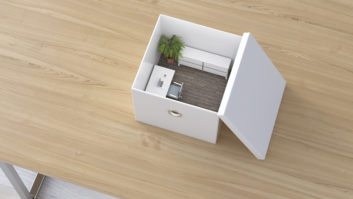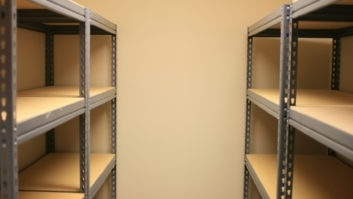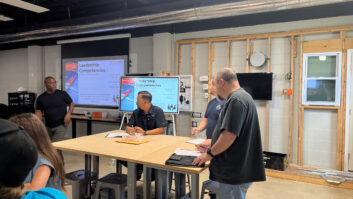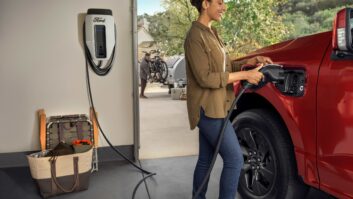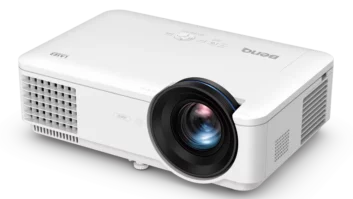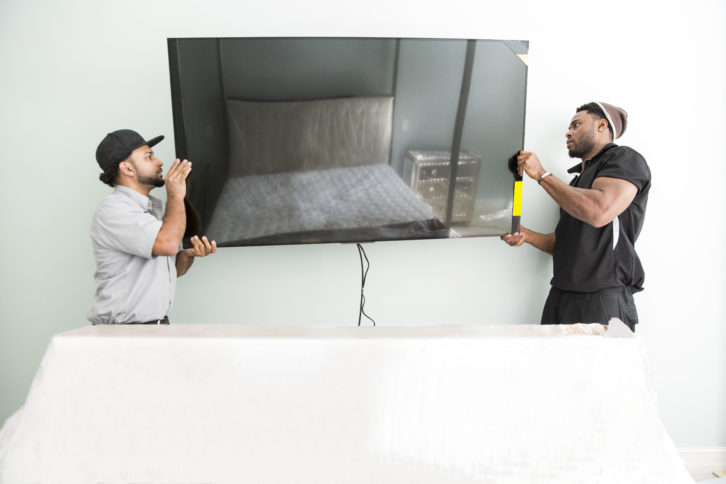
I have spent a lot of editorial space in this blog talking about the great things going on in our industry; how we are growing, how business is up despite Covid. Things are not always so rosy, and I want to let those of you who are experiencing a slow business climate or difficulty closing sales that you are not alone.
I have always loved the small, one-day, get-in-get-out projects. They are usually quite profitable, easy on the team, require few callbacks or service calls, and make clients very happy. These jobs are typically adding a TV to a room on a project we did prior, upgrading the network, or upgrading the control system to a new processor and touch panels. Historically these projects were sold quickly, and we took care of the work just as quickly. Lately we have been hitting much stronger headwinds selling these projects. Mark and I spent at least an hour on the phone the other day telling each other about various projects that did not close, and that is what gave me the idea for this week’s blog.
More Blogs from Todd and Mark: Industry Role Models
I will start off with a few examples of jobs we have had clients turn down due to the cost. Both Mark and I have had clients say no to network upgrades in the price range of $3000–$6000. These are usually clients for whom we did work 6-10 years ago, and some are relying on Apple Airport base stations as their routers and access points, while others are using older Araknis or Pakedge hardware. Even when we explain that the Apple hardware is discontinued and no longer supported by Apple, these clients still do not want to spend thousands of dollars on a new network.
Mark has a client for whom he has done some piecemeal work for. She lives in a five-story townhouse on the Upper East Side (likely worth $10MM or more). They have mounted a few TVs, reprogrammed an existing URC remote…small things like that. The client called and said that her Wi-Fi isn’t fully covering the entire home and with everyone working and learning from home, they want better coverage. She said she had “an Arris box, an Apple router, and several boosters throughout the home.” Mark took that to mean an ISP all-in-one router, and Airport Extreme, and probably some Airport Expresses. He told her he would need to replace everything with a network he can stand behind and support — a new router, switch, IP power conditioner, and access points. Since there is no control system, to keep costs down, he was going to use Eeros in bridge mode as his APs. The total cost would be somewhere between $3000 and $5000. She immediately said that was too expensive and she would live with what she has.
I just had a situation where a client wanted a TV installed in his kid’s room. We had installed a full Crestron system with NVX video distribution a couple of years ago and had pre-wired “future use” TV locations. This room was one of them. With a 55-inch TV, mount, NVX receiver, handheld remote, and labor, the cost came to around $5000. The client just couldn’t swallow that for his kid’s room, so he said no. I have a strong feeling that the next time I go over there I’m going to find a 55-inch TV on a stand with an Xbox connected to it, because that is “good enough” — and it very well may be good enough for his son’s needs.
More Blogs from Todd and Mark: A Tale of Two Touch Panel Strategies
One key thing we both experienced is that, while the smaller projects are not closing, when there is a larger project, these same products and services sail through the process without an issue. We think it is because clients see the individual price ticket more and it shocks them. Just a few weeks ago, I had to get my garage door repaired — the spring had failed. The contractor wanted $800 to replace the spring, which I thought was really expensive. However, had I been putting in a new garage door system for my two-car garage, the cost of the springs would have just been part of the larger package and I probably wouldn’t have blinked an eye.
We have not really come up with a very good solution to deal with this issue, other than to give clients a ballpark price in a wide range (i.e., it will be $5-10k for a full network overhaul) to gauge their interest. That saves us a lot of time doing site visits and/or putting together detailed proposals. It is the strategy we both used in the examples above, so the loss of the work was not as painful. If you have any ideas for dealing with this phenomenon, please don’t hesitate to reach out to me and let me know.
